In Memoriam: Issey Miyake (1938 – 2022)
We remember fashion designer Issey Miyake, who has died aged 84

Issey Miyake, designer and founder of the Miyake Design Studio and the Issey Miyake Group, has passed away aged 84. In a statement released by his eponymous brand this morning, it was announced that Miyake died in Tokyo on 5 August 2022, surrounded by close friends and associates. The cause of death was hepatocellular carcinoma.
Issey Miyake’s work was defined by a dynamic approach to design, which combined boundary-pushing technical innovation with a deft use of colour and silhouette. His pieces were often sculptural in shape, Miyake manipulating fabric into variously dramatic forms, from bouncing ‘flying saucers’ of signature polyester micro-pleats to garments which, inspired by the art of origami, could fold entirely flat in a moment. ‘The body, the fabric covering it and a comfortable relationship between the two,’ Miyake said of the focus of his work, which despite an avant-garde approach was instilled with a feeling of pragmatism and utility (he preferred the word ‘clothing’ to ‘fashion’).

Issey Miyake ready-to-wear A/W 1999.
Born in 1938 in Hiroshima, Japan, Miyake was seven years old when the atomic bomb was dropped on the city in 1945, an event he witnessed but rarely discussed (‘when I close my eyes, I still see things no one should ever experience,’ Miyake wrote in an op-ed for The New York Times in 2009). In 1965, he graduated from the Tama Art University in Tokyo after studying graphic design; that same year he travelled to Paris – three months after fellow pioneering Japanese designer Kenzo Takada – where he would study dressmaking and tailoring at l’École de la Chambre Syndicale de la Couture Parisienne (Takada studied the course alongside him). As part of the programme, Miyake became an apprentice at Guy Laroche and Givenchy, working under the Parisian houses’ eponymous founders to create original sketches of the collections.
It was a journey to New York, though, in the late 1960s that was perhaps most influential in the founding of his label; there, he worked under American designer Geoffrey Beene, while also being immersed in the world of art, meeting Christo and Robert Rauschenberg (art would intersect with Miyake’s work throughout his career, as he collaborated with various artists and institutions, including Paris’ Fondation Cartier pour l’Art Contemporain and The National Art Center, Tokyo). With new energy, he returned to Tokyo in 1970 and founded the Miyake Design Studio, showing his first collection in 1971 in New York. Notably, the collection featured tattoo-style prints of Jimi Hendrix and Janis Joplin, who had died the previous autumn, created by textile designer and artist Makiko Minagawa (who later joined the Miyake studio).
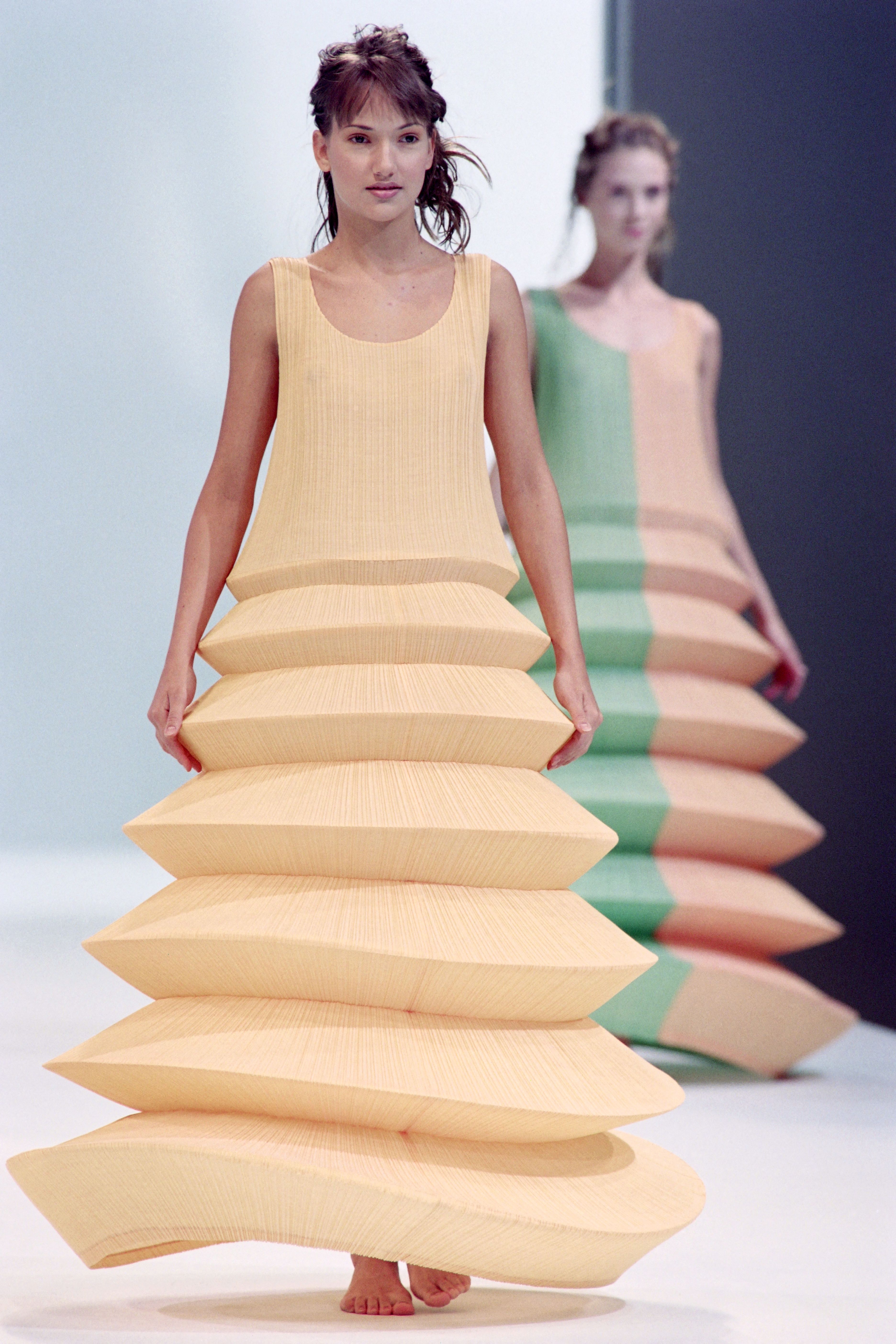
Issey Miyake S/S 1995.
In 1973, Miyake moved his runway presentations to Paris, where he would continue to show his collections twice a year during his lifetime. ‘East meets West’ is how he defined this cross-continental approach, fascinated at once by the richness and pragmatism of Japanese craft, Western youth culture, and the flair of European couture (in particular, he drew inspiration from French couturiers Madeleine Vionnet and Madame Grés, the latter known for her own pleated garments). In 1978, Miyake released a book titled East meets West – then the only retrospective of a living designer – introduced by American Vogue editor Diana Vreeland. ‘Paris has a heart for those who are productive, tasteful, and who give the utmost from their hearts and minds,’ she wrote. ‘Issey has been most welcome in Paris.’
In his wake, a slew of other Japanese designers chose to work in Tokyo and show collections in Paris, notably Rei Kawakubo of Comme des Garçons and Yohji Yamamoto, who would go on to become the designer’s contemporaries. Numerous other designers, from Giorgio Armani to Jonathan Anderson, have noted Miyake’s influence on their own work. Famously, Miyake created the black turtleneck sweater that became the distinct uniform of Apple’s Steve Jobs.
Now spanning numerous labels under the umbrella of the Issey Miyake Group – including Pleats Please Issey Miyake, Bao Bao Issey Miyake, 132 5 Issey Miyake, among others – Miyake’s work remains immortalised by the great image-makers of his time. Most notably, American photographer Irving Penn, whom the designer met in 1983. Though Penn never attended Miyake’s shows, and Miyake never attended the photographer’s shoots, the resulting images encapsulate the essence of the brand in its purest form: bodies in movement, vivid textures, undulating forms.
Receive our daily digest of inspiration, escapism and design stories from around the world direct to your inbox.
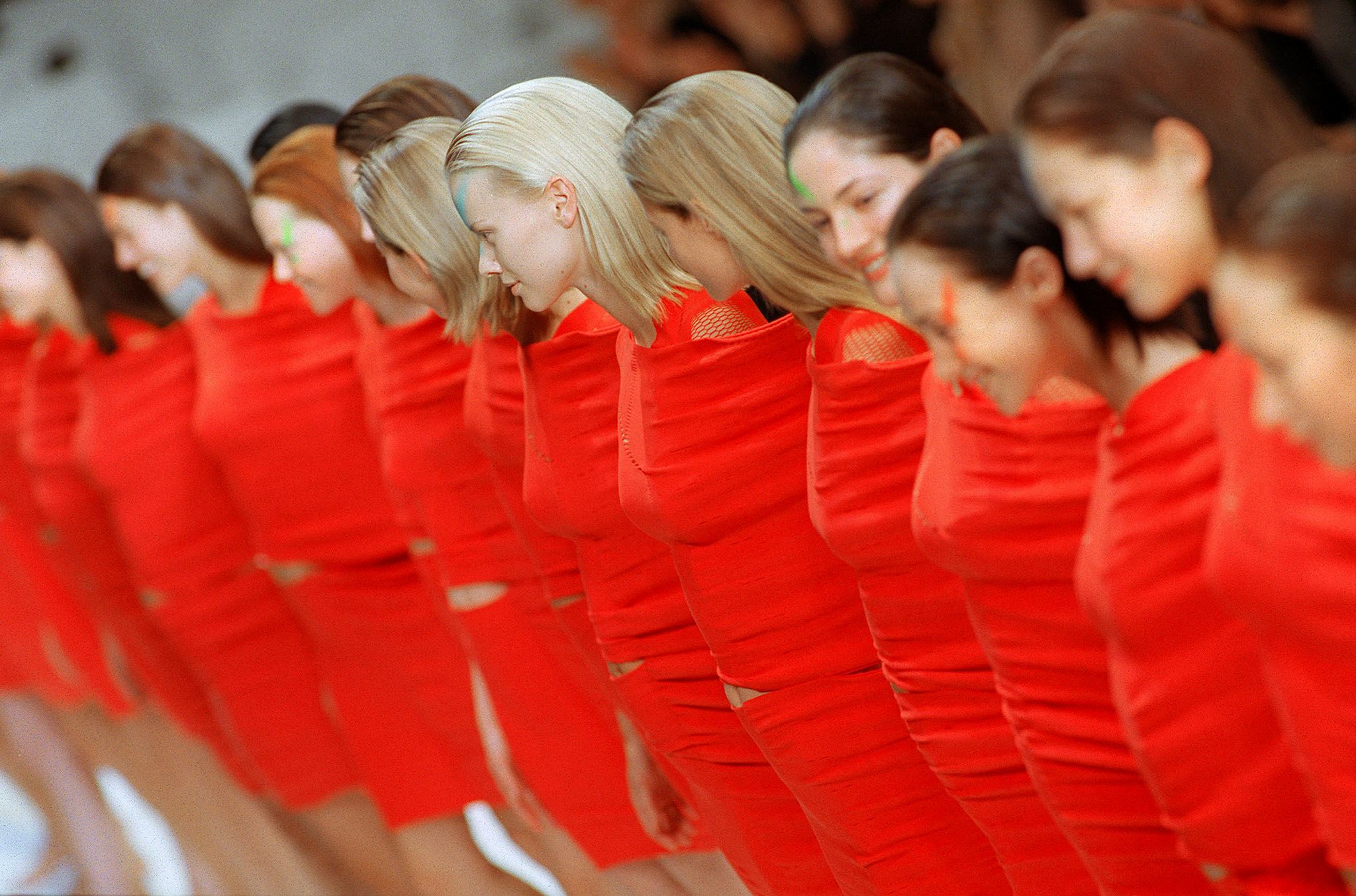
Issey Miyake S/S 1999.
‘Without Penn’s guidance, I probably could not have continued to find new themes with which to challenge myself, nor could I have arrived at new solutions,’ said Miyake of the unique collaboration, which was celebrated with an exhibition ‘Irving Penn and Issey Miyake: Visual Dialogue’ at 21_21 Design Sight in Tokyo in 2011. Numerous other exhibitions have celebrated Miyake’s work, including ‘Is Fashion Modern?’ at MoMA, New York; ‘Manus x Machina: Fashion in an Age of Technology’ at the Metropolitan Museum, New York; and ‘Radical Fashion’ at the V&A, London; as well as a major retrospective at The National Art Center, Tokyo.
Since 2020, the various collections in the Issey Miyake Group have been designed by Satoshi Kondo, who will continue as artistic director. ‘It’s important to work with people who are not necessarily from fashion or design worlds,’ Kondo told Wallpaper* on his appointment in 2020. ‘I remember Mr Miyake telling me to look at many, many things, not just related to my work but on a larger scale. We design clothes – but the message goes beyond fashion.’
Jack Moss is the Fashion Features Editor at Wallpaper*, joining the team in 2022. Having previously been the digital features editor at AnOther and digital editor at 10 and 10 Men magazines, he has also contributed to titles including i-D, Dazed, 10 Magazine, Mr Porter’s The Journal and more, while also featuring in Dazed: 32 Years Confused: The Covers, published by Rizzoli. He is particularly interested in the moments when fashion intersects with other creative disciplines – notably art and design – as well as championing a new generation of international talent and reporting from international fashion weeks. Across his career, he has interviewed the fashion industry’s leading figures, including Rick Owens, Pieter Mulier, Jonathan Anderson, Grace Wales Bonner, Christian Lacroix, Kate Moss and Manolo Blahnik.
-
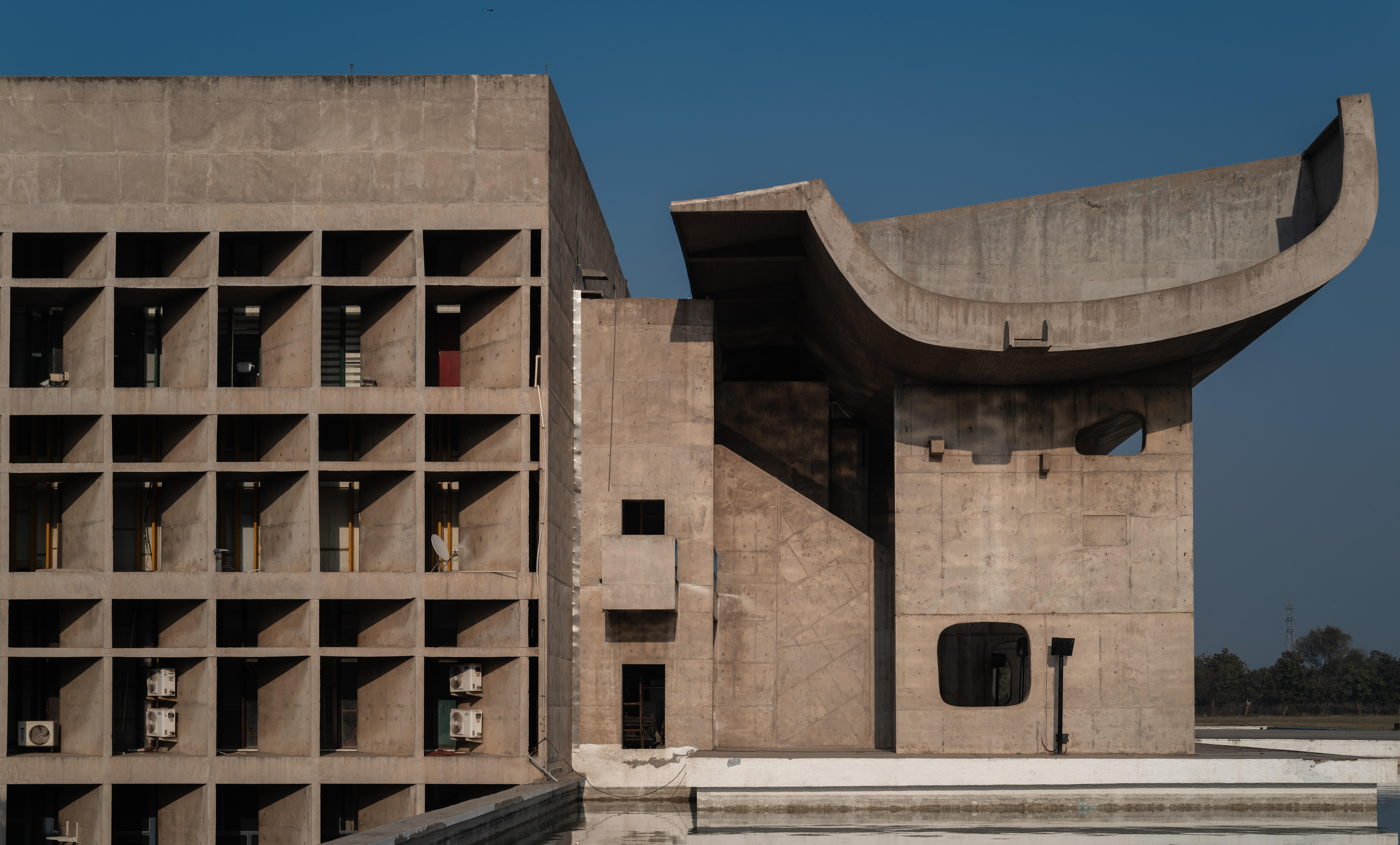 A guide to modernism’s most influential architects
A guide to modernism’s most influential architectsFrom Bauhaus and brutalism to California and midcentury, these are the architects who shaped modernist architecture in the 20th century
-
 ‘Changing Fashion’: a new exhibition explores how photographer David Bailey reshaped style
‘Changing Fashion’: a new exhibition explores how photographer David Bailey reshaped style‘David Bailey’s Changing Fashion’ at the Marta Ortega Pérez (MOP) Foundation in A Coruña, Spain is a wide-ranging retrospective of the British photographer’s fashion oeuvre. Here, his son Fenton Bailey tells Wallpaper* more
-
 Fly in style with Riva Volare, a partnership between Flexjet and the iconic Italian brand
Fly in style with Riva Volare, a partnership between Flexjet and the iconic Italian brandThe classic style of Riva’s motor yachts takes to the skies thanks to Flexjet’s new Riva Volare interiors, seen aboard the Gulfstream G650 jet and Sikorsky S-76 helicopter
-
 With an ode to Italy, Homme Plissé Issey Miyake brings its brand of fashion magic to Florence’s Pitti Uomo
With an ode to Italy, Homme Plissé Issey Miyake brings its brand of fashion magic to Florence’s Pitti UomoMarking the start of a new nomadic way of showing for the Japanese label, Homme Plissé Issey Miyake held its S/S 2026 show at Florence’s Villa Medicea della Petraia as part of Pitti Uomo last night (18 June) with a collection inspired by the colours and textures of Italy
-
 Get to know Issey Miyake’s innovative A-POC ABLE line as it arrives in the UK
Get to know Issey Miyake’s innovative A-POC ABLE line as it arrives in the UKAs A-POC ABLE Issey Miyake launches in London this week, designer Yoshiyuki Miyamae gives Wallpaper* the lowdown on the experimental Issey Miyake offshoot
-
 Celine Saint Honoré is dedicated to Hedi Slimane’s feats of savoir-faire and craft
Celine Saint Honoré is dedicated to Hedi Slimane’s feats of savoir-faire and craftThe Celine store on Rue Saint-Honoré is designed to capture the spirit of Paris, showcasing the house’s most precious offering. Here, Wallpaper* captures Celine’s couture, Haute Maroquinerie and Haute Parfumerie collections in the luxurious space
-
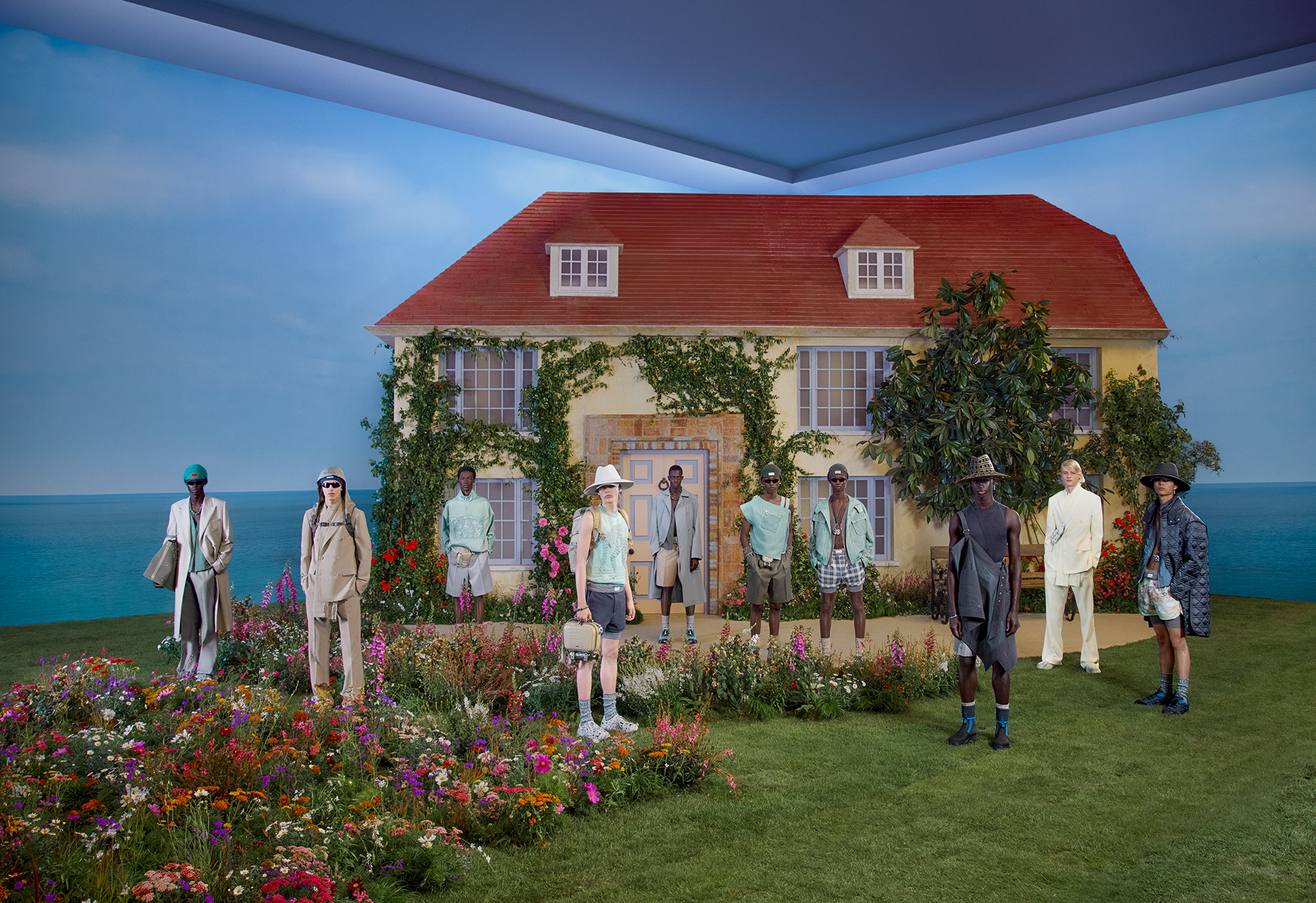 Exhibition to explore the Bloomsbury Group through fashion
Exhibition to explore the Bloomsbury Group through fashionSupported by Dior, Charleston’s ‘Bring No Clothes’ explores the Bloomsbury Group’s use of – and influence on – fashion, featuring works by Dior, Fendi, Comme des Garçons and more, alongside original clothing and ephemera
-
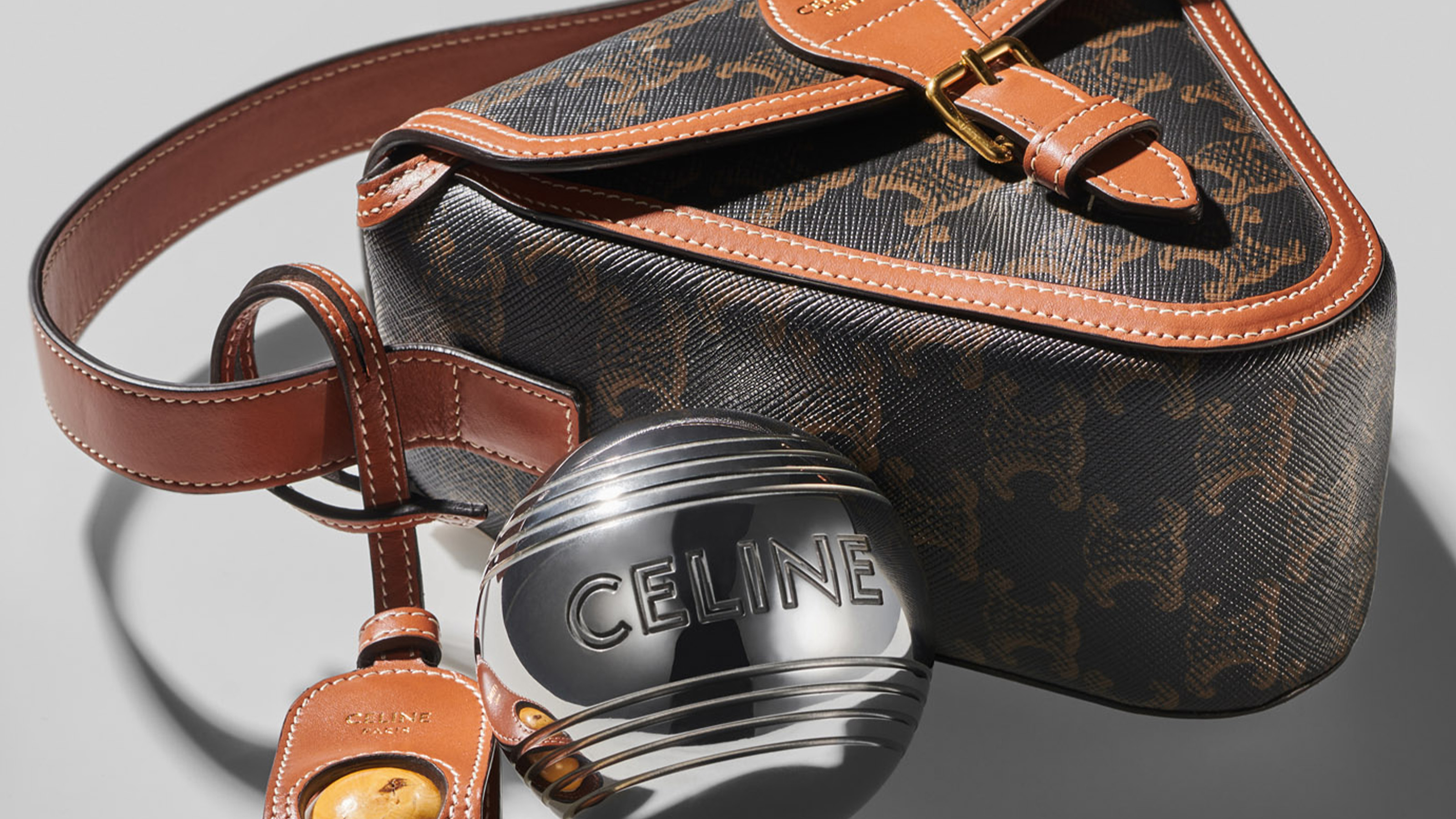 Summer games, from pétanque to pool floats, get a fashionable spin
Summer games, from pétanque to pool floats, get a fashionable spinFrom a luxurious pétanque set to pool floats and playing cards, summer games and toys from the world’s best-known fashion houses
-
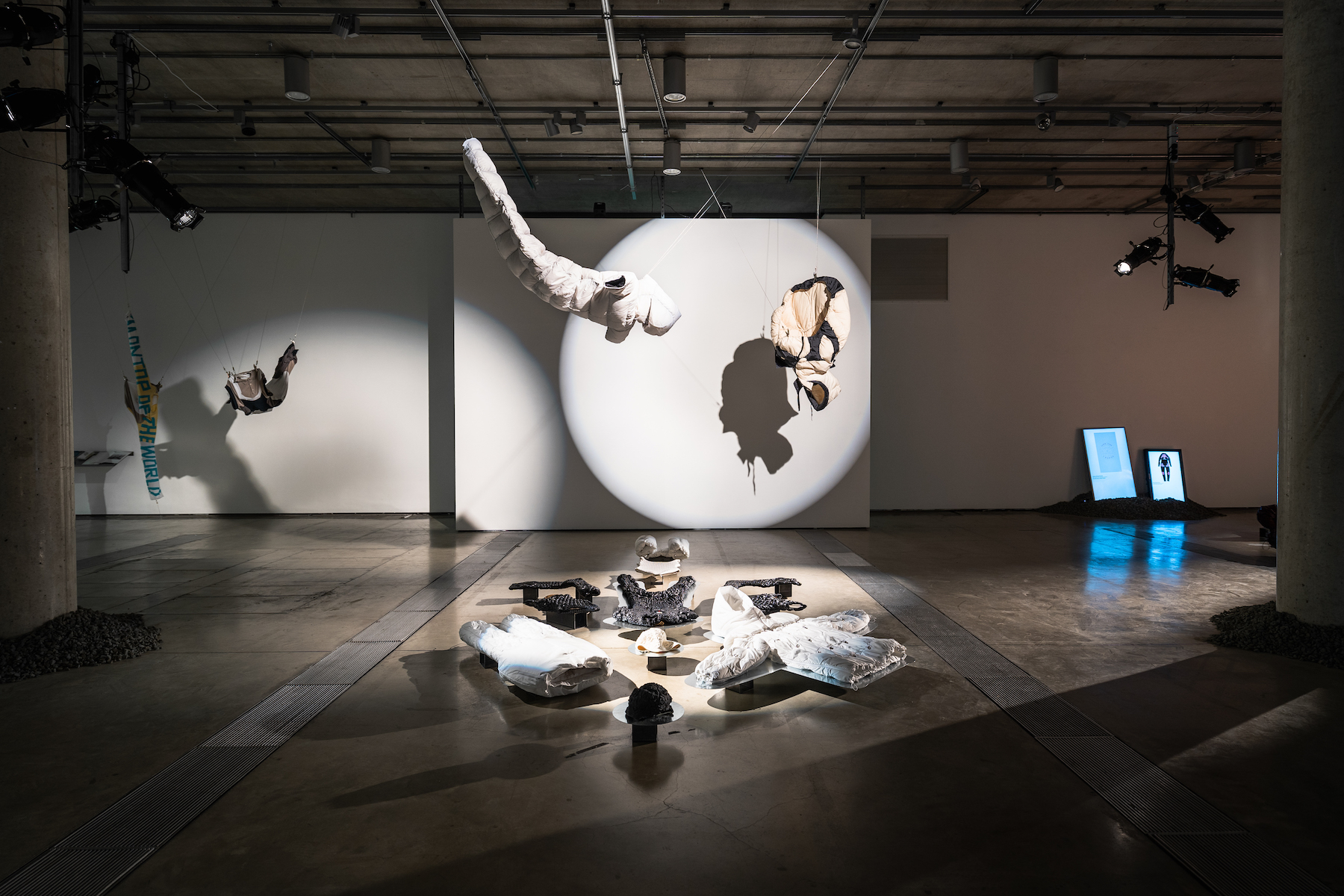 Canada Goose and Central Saint Martins celebrate next-generation changemakers in new London exhibition
Canada Goose and Central Saint Martins celebrate next-generation changemakers in new London exhibition‘Keeping the Planet Cold’ – running from 17-21 February 2023 at London’s Lethaby Gallery – celebrates exceptional BA and MA fashion students in the field of sustainable and purpose-driven design
-
 Mud pits to giant flowers, the best runway sets of S/S 2023
Mud pits to giant flowers, the best runway sets of S/S 2023The most transporting show sets of the S/S 2023 season, from Demna’s pit of mud at Balenciaga to a giant fibreglass anthurium flower at Loewe
-
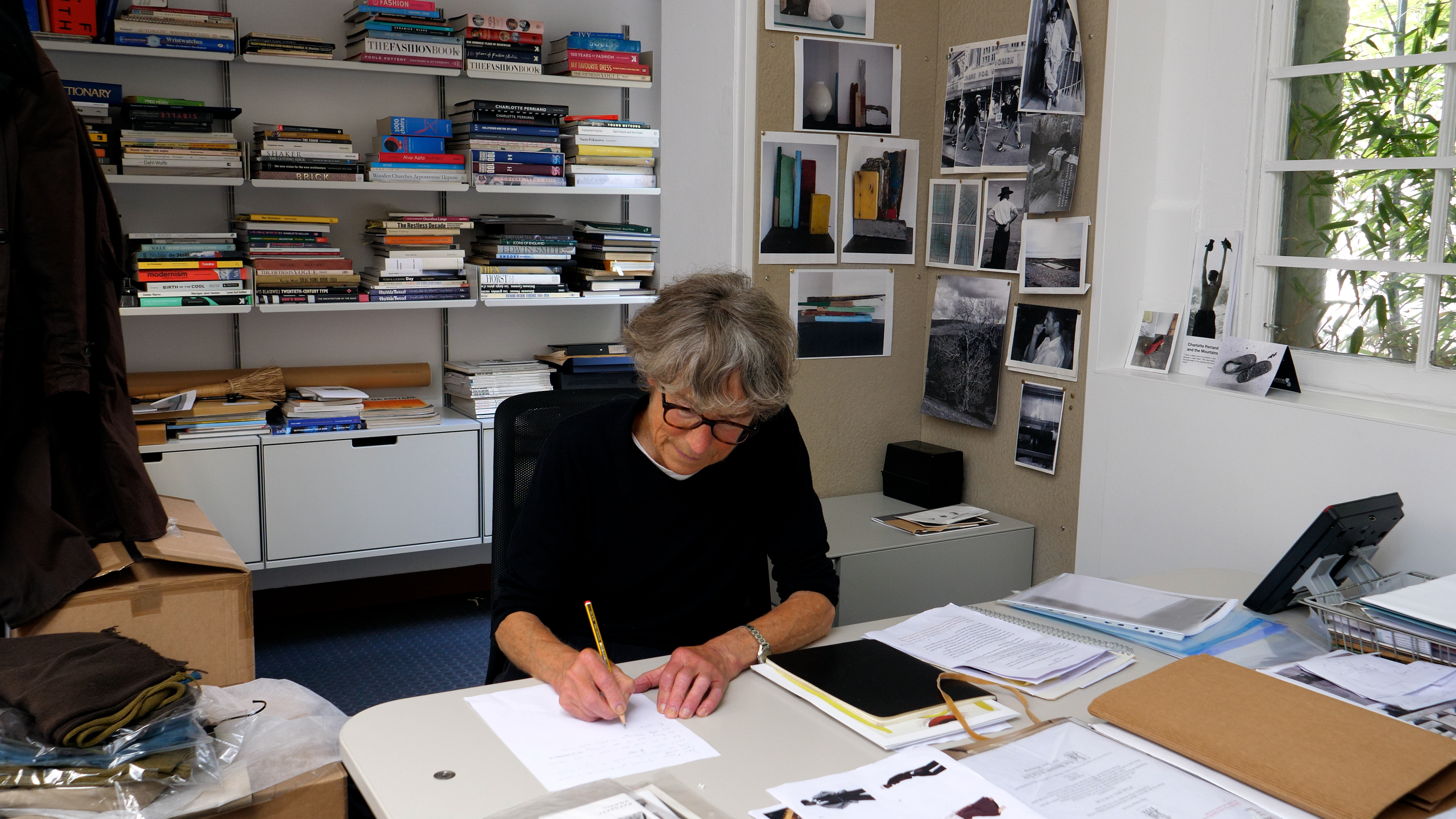 New short film takes you behind the scenes at Margaret Howell
New short film takes you behind the scenes at Margaret HowellA Working Space provides a behind-the-scenes look at 34 Wigmore Street, Margaret Howell’s London headquarters, which celebrates its 20th anniversary this year